Sex
and
Unisex


Jo B. Paoletti
Sex
and
Unisex
Fashion, Feminism, and the Sexual Revolution

This book is a publication of
INDIANA UNIVERSITY PRESS
Office of Scholarly Publishing
Herman B Wells Library 350
1320 East 10th Street
Bloomington, Indiana 47405 USA
iupress.indiana.edu
2015 by Jo B. Paoletti
All rights reserved
No part of this book may be reproduced or utilized in any form or by any means, electronic or mechanical, including photocopying and recording, or by any information storage and retrieval system, without permission in writing from the publisher. The Association of American University Presses Resolution on Permissions constitutes the only exception to this prohibition.
 The paper used in this publication meets the minimum requirements of the American National Standard for Information SciencesPermanence of Paper for Printed Library Materials, ANSI Z39.481992.
The paper used in this publication meets the minimum requirements of the American National Standard for Information SciencesPermanence of Paper for Printed Library Materials, ANSI Z39.481992.
Manufactured in the United States of America
Cataloging information is available from the Library of Congress.
ISBN 978-0-253-01596-9 (cloth)
ISBN 978-0-253-01602-7 (ebook)
1 2 3 4 5 20 19 18 17 16 15
For the men in my life, especially
Bob, Danny, Jacob, and Jim.
Contents

Acknowledgments

Writing a book can be hard, lonely work. Fortunately, I had help and support throughout the process, appearing as if by magic precisely in the form required at the moment. Indiana University Press encouraged me to build on my first book, Pink and Blue: Telling the Boys from the Girls in America, and continues to be a wonderful partner. Karin Bohleke, director of the Fashion Archives and Museum at Shippensburg University, was generous with her time and energy, providing access to their marvelous collection and assistance with many of the images for the book. Philip Cohen, Susan Kaiser, and Eliza Buchakjian-Tweedy commented on the project at various stages in ways that were both constructive and encouraging. I am enormously grateful to the College of Arts and Humanities and the Department of American Studies at the University of Maryland for a grant that reduced my financial burden.
I wish to express my love and thanks to all the communities that sustain me. My students challenge and teach me every day, and my colleagues across campus and around the world have been good listeners and excellent advisers. My spiritual community, the Unitarian Universalist Church of Silver Spring, truly gave me roots and wings as needed. Every writer needs a break, and mine usually came courtesy of the regulars at Franklins Restaurant, Brewery, and General Storemy Friday evening retreat for excellent conversation, on- and off-topic. Finally, my family deserves special thanks for their patience and forbearance over the last two years, for all the times I had to say later instead of yes.
Sex
and
Unisex
Introduction

Who knew that the 2012 presidential campaign would turn into a 1960s flashback? For many of us, the moment of awakening was when Republican candidate Rick Santorum seemingly stepped out of a time machine and proclaimed his opposition not just to abortion rights but to birth control as well. The controversy began when columnist Charles Blow rediscovered Santorums 2008 speech to the Oxford Center for Religion and Public Life in Washington, including this comment the senator made during the question-and-answer period:
Youre a liberal or a conservative in America if you think the 60s were a good thing or not. If the 60s was a good thing, youre left. If you think it was a bad thing, youre right. And the confusing thing for a lot of people that gets a lot of Americans is, when they think of the 60s, they dont think of just the sexual revolution. But somehow or otherand theyve been very, very, clever at doing thistheyve been able to link, I think absolutely incorrectly, the sexual revolution with civil rights.
With all due respect to Senator Santorum, I do see connections between the sexual revolution and the civil rights movement, and his comments suggest that he does too, even if he believes they have been linked erroneously. In fact I venture to say that many of the issues in todays culture warsgay and transgender rights, gender equality, reproductive choicecenter on the disputed territory of sexual norms and are argued in terms of civil rights and government authority to dictate morality. As a means of expressing sexual and gender identity, the fashions of the time revealed the cultural shifts set in motion by the womens liberation movement and the sexual revolution. The countermovements and controversies over these changes are likewise visible, particularly in the scores of legal cases involving long hair on men: cases that explicitly enlisted the language of civil rights.
This book began as an exploration of gender expression in unisex clothing from the 1960s and 1970s. The culture of that era is a puzzle, even to those of us who lived through it. Was it the Me Decade, characterized by narcissism and self-indulgence? Or was it a time of social activism and experiments with communal economies? Did we discover our environmental conscience or dig ourselves even deeper into consumerism? The question originally animating this research was this: Was unisex fashion simply a playful poke at gender stereotypes, or was it a deeper movement to become our true, unessentialized selves? Over the past thirty years the 60s and 70s have been reduced to a laughable era of loud clothes and crazy hairstyles, just another ride in the pop culture theme park. It is easy to dismiss dress history as a superficial topic, meaningful only to fashionistas and industry insiders. Most of the popular works on 70s fashion are image-heavy exercises in nostalgia, often with a touch of humor. Those crazy people and their wacky clothes! The problem with popular images of fashion is that they tend to erect a trivial facade over real cultural change.
As I went more deeply into the subject, nostalgia was replaced by dj vu. Even before Senator Santorum made his revealing remarks, it was obvious to me that we are still wrestling with controversies about sex, gender, and sexuality that manifested themselves in the fashions of fifty years ago. Sometimes the argument was loud and public and fought in the courtroom, as with the question of long hair for men. Sometimes it was an inner, personal conflict between the tug of deeply ingrained feminine expressions and the ambition to succeed in a male-dominated profession. Exploring the rich cultural setting of unisex fashion not only contributes to our understanding of history but also helps us comprehend the current culture wars. It is not hyperbole to say that the lives of todays children are still being shaped by the unresolved controversies rooted in the social and cultural upheavals of the 1960s and embodied in fashions of the 60s and 70s.
Next page

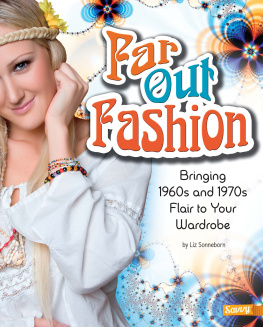
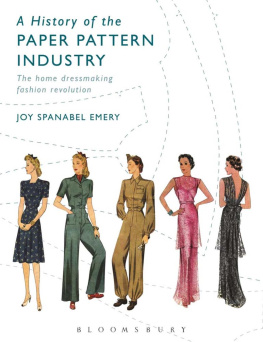
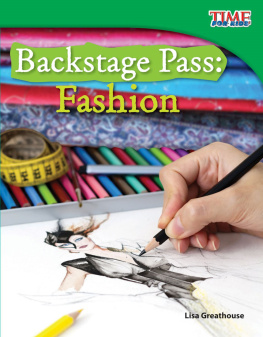
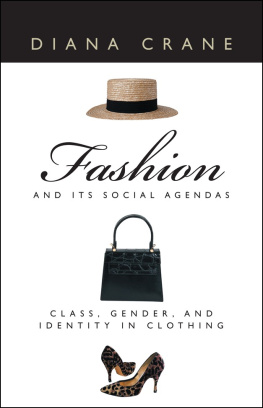
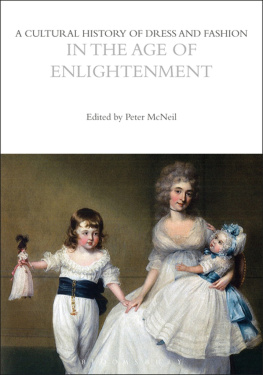
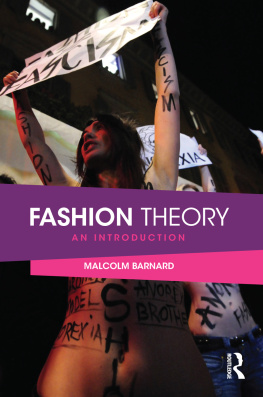
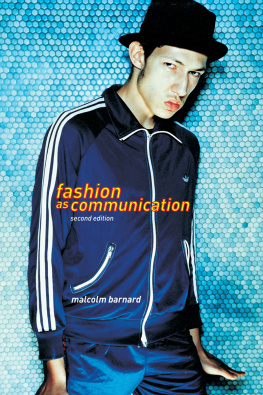
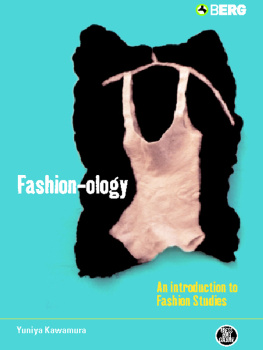

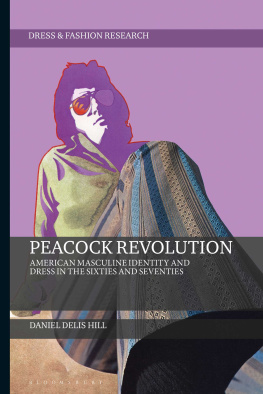
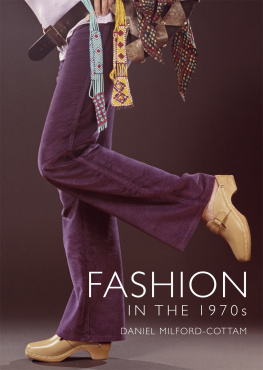



 The paper used in this publication meets the minimum requirements of the American National Standard for Information SciencesPermanence of Paper for Printed Library Materials, ANSI Z39.481992.
The paper used in this publication meets the minimum requirements of the American National Standard for Information SciencesPermanence of Paper for Printed Library Materials, ANSI Z39.481992.